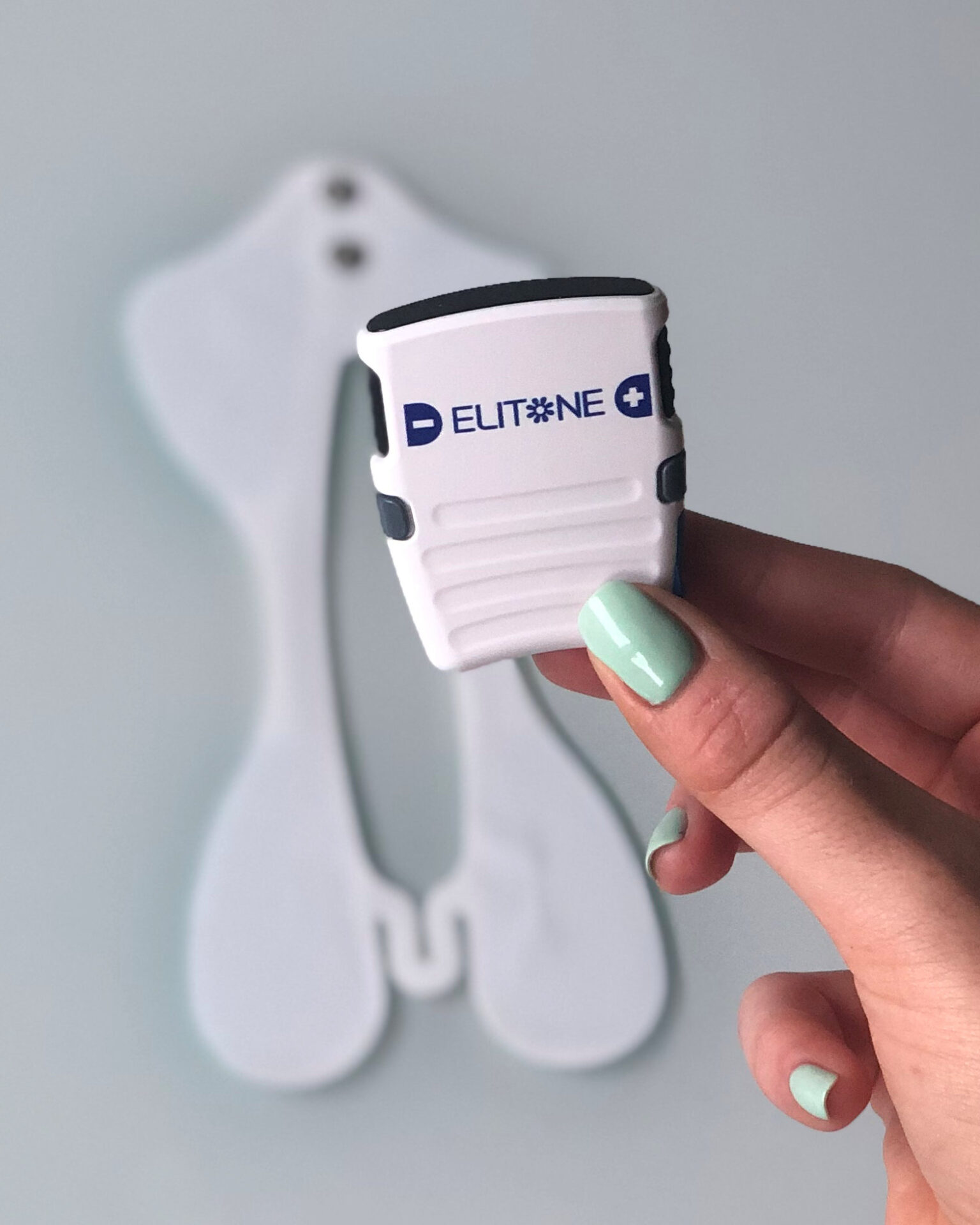
More Women's Health & Beauty Articles
Kegel Exercises and Your Pelvic Floor
Women today more than ever are on top of health, diet, and fitness, and we are perhaps aging in better shape than ever before. But there are still parts of our bodies that are either overlooked or misunderstood simply because it is still taboo to openly and honestly discuss anatomy deemed intimate and private. One such area: our pelvic floor.
Pelvic floors are pushed to their limits during pregnancy and childbirth, and a weakened pelvic floor can lead to incontinence. In fact, 1 in 3 women will struggle with incontinence, often starting after childbirth. This number goes up to 1 in 2 – HALF – when discussing women over 50.
To truly understand how to prevent or correct incontinence due to pelvic floor weakening, we must first look at how a woman’s pelvic floor functions. A woman’s pelvic floor is a network of layered muscles like a hammock-type sling that supports the bladder, uterus, and rectum and is a vital part of core strength. We need a healthy pelvic floor to properly control urinary and fecal urges. And many women have learned that a healthy and strong pelvic floor also contributes to a healthy sex life as stronger muscles yield better orgasms.
We tend to live our day-to-day never thinking about our pelvic floor – but when it doesn’t function properly, and we experience incontinence – it can become all we think about.
TYPES OF INCONTINENCE:
You may be wondering if leakage when you laugh, sneeze or exercise qualifies as incontinence. It does. Incontinence is lack of control over urination – so any spontaneous leaks would qualify. Here are the various types of incontinence that women may experience.
- Stress urinary incontinence (SUI) is urine leakage with increased abdominal pressure. This pressure pushes down on pelvic floor muscles, applying stress to muscles that are too weak to keep the bladder closed. Sneezing, coughing, or exercise can trigger this increase in abdominal pressure.
- Urge urinary incontinence (UUI) is a sudden and strong desire to urinate, accompanied by bladder leakage. If you can get to the toilet before leaking, the condition is called “overactive bladder.” The cause of UUI is complex and addresses how the nervous system controls the bladder.
- Mixed incontinence (MI) describes when a woman has both stress and urge incontinence symptoms.
- Overflow incontinence occurs when the bladder literally overflows because it’s full but no message is sent to the brain to tell the women to urinate. In some cases, the bladder also has difficulty fully emptying.
More than two-thirds of women who deal with leaky bladders in any form don’t discuss it with their doctors. Some are too busy, others may think their leaks aren’t bad enough to warrant discussion, and others may be embarrassed. By the time most women seek treatment for incontinence, they’ve been dealing with bladder leakage for years or even decades.
Instead of struggling in silence for years, how can women strengthen pelvic floor muscles? It may not be surprising to learn that Kegels, the exercises women have been taught to do to enhance orgasms, are exactly what the doctor ordered to get your pelvic floor back into shape.
Kegels involve repeatedly contracting and relaxing pelvic floor muscles. It may sound easy, but many people find it hard to contract the correct muscles. One way to identify pelvic floor muscles is to imagine gripping something with your vagina. The movement is internal, so you shouldn’t see any movement in your abdomen or buttocks. Hold the contraction for 3–5 seconds, and repeat 3 times. Physicians recommend doing Kegel exercises three times daily. But sometimes our circumstances – whether it is a new baby or stitches immediately following delivery, or our work schedule and other stresses – make it difficult to remember to make time for Kegels, or make it challenging to focus on proper form.
So how can women ensure they are doing their Kegels correctly? There are now specifically designed tools that can actually do your Kegels for you, targeting the correct muscles for the right amount of time. Not only does this strengthen your pelvic floor and better support your pelvic organs, but it also tightens up the vaginal area, which can lead to better sex and a decreased risk of bladder leakage. Most of the tools, however, require vaginal insertion. This makes them not viable immediately postpartum. Plus, for many women, using an internal device to stimulate the pelvic floor can be uncomfortable and, in some cultures, it may be forbidden. Some women opt for pelvic floor physical therapy, which can be costly and time-consuming and it can be difficult for women to recreate the same exercises at home without a professional guidance in the room. And some women will choose invasive and not always effective surgeries – surgeries that have been shown to cause many complications.
There is another option for women now. Electric stimulation of the pelvic floor for proper Kegel exercises is available via external devices. These provide a discreet and effective way to ensure Kegels are done correctly for maximum strengthening and have been shown to reduce or even eliminate leaks. Don’t be embarrassed to talk to your friends and your doctor about your pelvic floor and incontinence concerns. That is the first step towards finding the treatment path that is best for you and the first step to getting back to yoga and spin class and beach vacations. Take care of your pelvic floor and take care of you!







Other Articles You May Find of Interest...
- Made In The USA Surrogacy Agency
- Empowering Women Through Orthopedic Health
- Vaginal Discharge: Understanding Normalcy, Concerns, and Care
- Add Some Spring To Your Weight Loss Efforts With Hormone Replacement Therapy
- What Is Your Health Legacy Others Witness That You May Leave Behind
- Surrogacy: A Journey Through Time and Across Cultures
- A Greener Approach To Menstrual Health

















